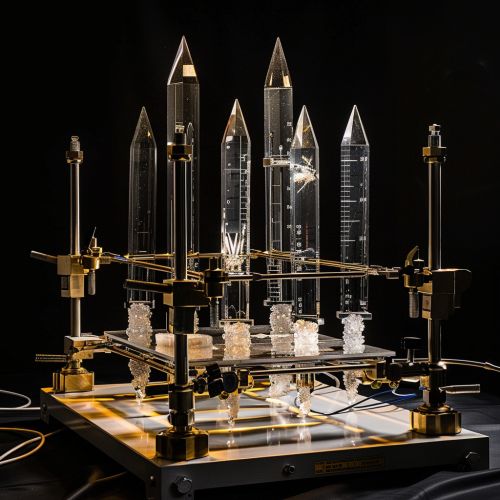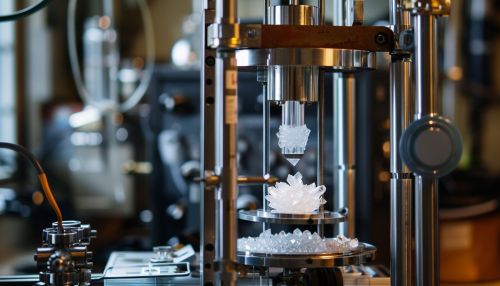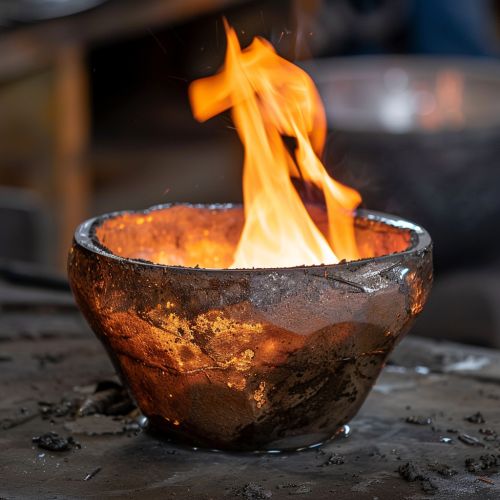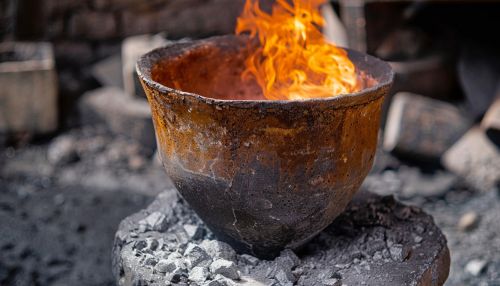Bridgman–Stockbarger technique
Introduction
The Bridgman–Stockbarger method is a process used in solid-state physics and materials science to grow single crystal specimens. This technique, named after Percy Williams Bridgman and Donald C. Stockbarger, is a popular method for producing high-quality, large-diameter crystals, which are often used in research and industrial applications.


History
The Bridgman–Stockbarger technique was developed in the early 20th century by two scientists, Percy W. Bridgman and Donald C. Stockbarger. Bridgman, a Harvard University physicist, was the first to develop the method, which he used to study the properties of materials under high pressures. Stockbarger later refined the technique at the Massachusetts Institute of Technology, making it more suitable for the growth of large single crystals.
Principle
The Bridgman–Stockbarger technique is based on the principle of controlled directional solidification. A seed crystal and raw material are placed in a crucible, which is then heated to a temperature above the melting point of the material. The crucible is slowly lowered from the hot zone of a furnace into a cooler zone, causing the material to solidify from the seed crystal end. This results in the growth of a single crystal.
Process
The Bridgman–Stockbarger process begins with the preparation of a seed crystal and raw material. The raw material, often in the form of a powder, is loaded into a crucible along with the seed crystal. The crucible is then sealed to prevent contamination and placed in a furnace.


The furnace is heated to a temperature above the melting point of the material. Once the material has melted, the crucible is slowly lowered from the hot zone of the furnace into a cooler zone. This causes the material to solidify from the seed crystal end, resulting in the growth of a single crystal. The rate at which the crucible is lowered, the temperature gradient within the furnace, and the cooling rate all play crucial roles in determining the quality of the crystal produced.
Applications
The Bridgman–Stockbarger technique is widely used in both research and industrial settings. It is commonly employed in the production of single crystals of a variety of materials, including metals, semiconductors, and insulators. These crystals are often used in the manufacture of electronic devices, such as transistors and diodes, as well as in scientific research.
Advantages and Disadvantages
One of the main advantages of the Bridgman–Stockbarger technique is its simplicity. It does not require complex equipment or procedures, making it a cost-effective method for producing single crystals. Additionally, it can be used to grow large-diameter crystals, which are often needed in industrial applications.
However, the Bridgman–Stockbarger technique also has its disadvantages. The quality of the crystals produced can be affected by a number of factors, including the rate of cooling and the temperature gradient within the furnace. Additionally, the process can be time-consuming, particularly for large crystals.
